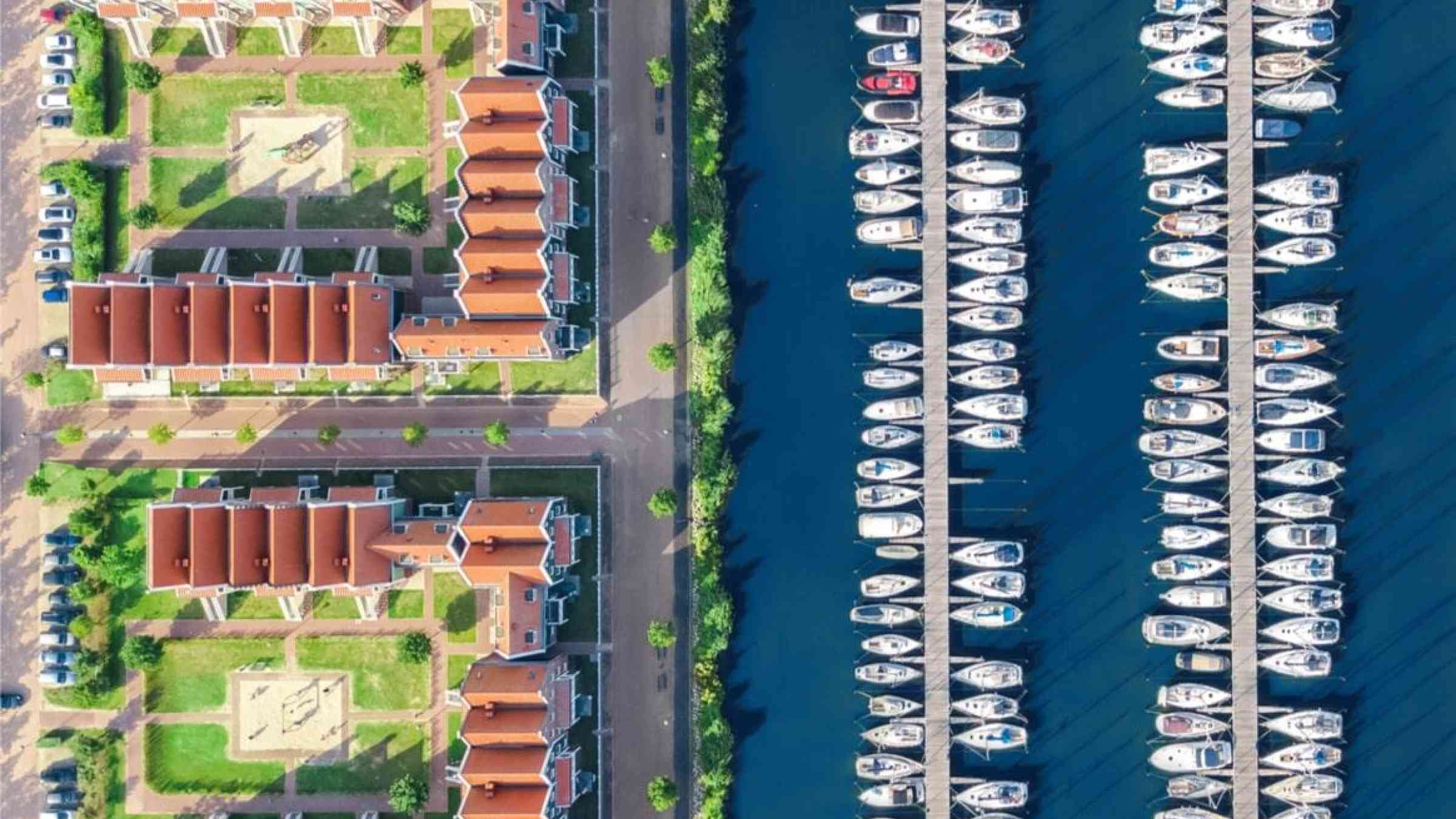Updated land subsidence maps show the effects of climate change and water level management

Nine million Dutch people live or work in areas where the land is subsiding. The extent of subsidence in the future depends mainly on the amount of gas and salt extraction, how much the climate warms up and on the water level policy in place. The new maps in the Climate Effect Atlas for forecasting land subsidence provide an insight into the extent of subsidence in the Netherlands until 2100. Water level policy - fixing the water level as opposed to indexing it - and climate change have been included in a high and a low scenario.
The maps (in Dutch only) show the extent to which land in the Netherlands will subside in two clearly distinct futures. “The two extreme scenarios make clear the probable bandwidth of land subsidence at the national scale,” says Gilles Erkens, a land subsidence expert at Deltares. The maps provide a broad picture of the effect that water level management and climate warming have on land subsidence. The high scenario makes clear the consequences of continuing with the present policy of indexing the water level if there is a sharp rise in temperature. A glance at the map shows that the peat areas in particular are subsiding much faster. Accelerated peat loss due to rising temperatures and the ongoing lowering of surface water and groundwater levels contribute to this faster subsidence. Erkens: “We are learning more and more about how land subsidence works. And that means we can also predict it better. The rate of land subsidence caused by human activity can be changed and the maps show that.” This means that the maps can serve as a tool for policy decisions that may affect land subsidence.
The Netherlands in 2100
The predictions for land subsidence have been calculated through to 2100. The difference between the two scenarios becomes particularly clear after 2050 because, in the low scenario, the surface and groundwater levels will not have changed for several decades. In time, fixing the water level will result in an ever slower rate of subsidence and increasingly wet areas. Erkens: “This large-scale level-fixing scenario is intended purely to illustrate the extent to which human activities can limit land subsidence. In most cases, fixing the water level is not possible without considerable changes in land use or in the intensity of that land use. In reality, water level management will become more customised in order to meet the climate targets”. At present, it is not yet clear which measures will be implemented at both the national and regional levels. This means that scenarios based on customised water level management cannot be calculated at present.

A map of the Climate Effect Atlas for forecasting land subsidence until 2100. Scenario high – water level indexation and strong climate change.
In addition to land subsidence caused by dewatering and the loading of soft soil, calculations were also made for the extent of land subsidence caused by gas and salt extraction. The effect of slowly shutting down gas extraction in the Groningen gas field is clearly visible in the predictions of the rate of subsidence.
Climate stress test
The data are accessible to everyone and they provide a logical starting point for a climate stress test. It is important for municipal authorities to include land subsidence in their climate stress tests. The predicted climate changes mean that groundwater levels in the Netherlands will fall more and the rate of peat oxidation will increase. That results in more land subsidence on top of the subsidence caused by water level management and gas extraction. The land subsidence forecast maps in the Climate Effect Atlas provide users with all the relevant information. The maps are presented in an accessible viewer, making it easier to zoom in on a specific area. Because we are continuously working on making the data more accurate and improving the land subsidence models, users can zoom in to the city level. The resolution is still not fine enough for the street or area levels but the data may give rise to more detailed studies of expected land subsidence at the local level.
The use of a faster computing method and the Atlantis land subsidence model based on isotach data made it possible to present data through to 2100. The calculations in the model predict an average land subsidence of over 6 mm a year in the Netherlands. In addition to the improved computing method, a number of improvements have been made to the input data. The maps are less accurate in the province of Flevoland and in the IJssel valley in Gelderland because no updates of the input data are available for these areas.
